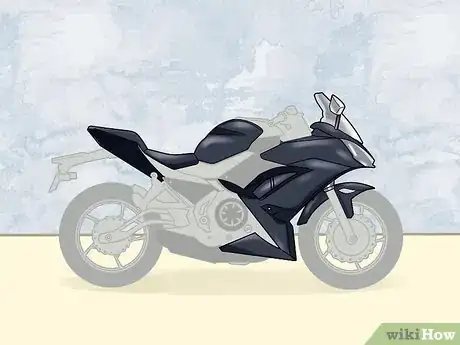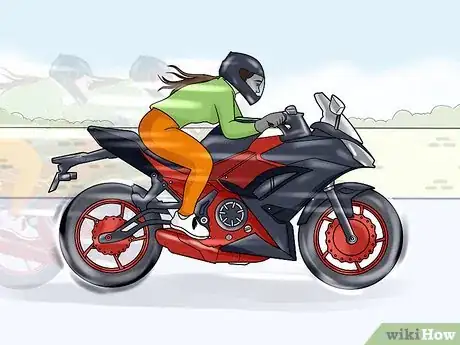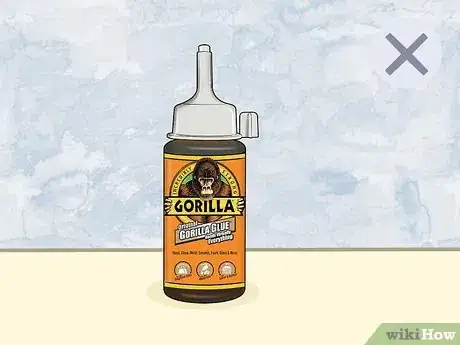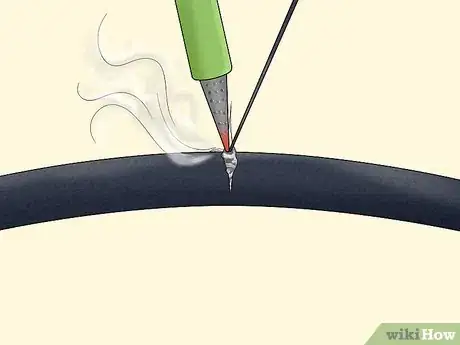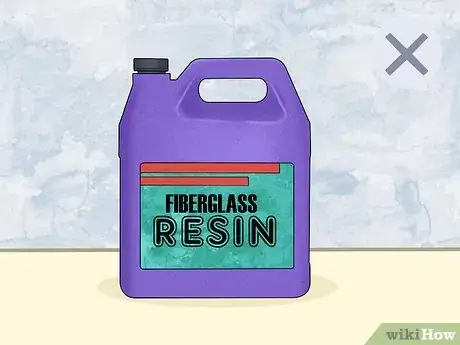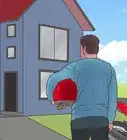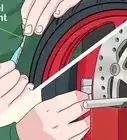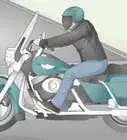This article was co-authored by wikiHow Staff. Our trained team of editors and researchers validate articles for accuracy and comprehensiveness. wikiHow's Content Management Team carefully monitors the work from our editorial staff to ensure that each article is backed by trusted research and meets our high quality standards.
This article has been viewed 13,920 times.
Learn more...
Many types of motorcycles use plastic parts because they’re lightweight and cost-effective. Though the type of plastic used for motorcycle parts is particularly strong, that doesn’t mean it’s unbreakable. Heavy riding or accidents may cause your plastic motorcycle parts to crack or break apart. Fortunately, it’s relatively easy to repair them! We’ve put together answers to some of the most common questions regarding repairing motorcycle plastics.
Steps
What kind of plastic is used on motorcycles?
-
Acrylonitrile butadiene styrene (ABS) is used for fairings and other parts. ABS plastic is used because of its strength, durability, flexibility, and lightness. ABS is scratch resistant and strong enough to protect riders from flying debris.[1] X Research source
- Motorcycle fairings are the plastic shells that are placed over the frames of motorcycles, especially sport bikes.
Does ABS plastic break easily?
-
No, it doesn't. ABS plastic is resistant to strong impacts. It’s used to make plastic motorcycle parts because of its strength and flexibility. However, it’s not unbreakable. It doesn’t crack due to minor impacts, but it’s likely to break in an accident if it receives a really high-force impact.[2] X Research source
- ABS is also totally recyclable because it can be melted down and reshaped many times without chemically degrading, meaning the new plastic will be just as strong as before.
How do you fix cracked ABS plastic?
-
Glue the cracked pieces back together using a solvent. Use a paint brush to brush a chemical solvent onto the backside of the pieces, over the cracked area, and make sure to work it into the whole length of the crack. Push the pieces together and place a scrap piece of ABS plastic over the back of the crack. Put something heavy on the plastic to hold it together and wait for 20 minutes.[3] X Research source
- Methyl Ethyl Ketone (MEK) is one easy-to-find type of solvent that works to do this. There’s also something called black ABS cement that is made specifically for this purpose. There are other general-purpose plastic solvents called plastic weld or solvent cement as well.
- Chemical solvents melt the broken plastic pieces back together.
- Gluing cracked ABS with a solvent is a good option when you want a quick fix that doesn’t require much in the way of tools.
- Note that there will be a small seam where you glued the pieces back together, so the plastic won’t look 100% like new again.
Does Gorilla Glue work on ABS plastic?
-
No, Gorilla Glue is an all-purpose contact cement that’s not made for ABS. To really repair ABS plastic, melt the broken pieces together with a solvent. Gorilla Glue does have some different types of glues available, but there is nothing currently formulated for ABS plastic available.[4] X Research source
- The same goes for Super Glue and other types of all-purpose adhesives. Avoid these to glue ABS.
- There is a type of non-solvent glue that works to repair ABS plastic parts called JB Weld. This is actually a 2-part epoxy putty that’s made specifically for plastic repairs. Mix the 2 parts together and apply a small amount to the inside edges of 2 cracked ABS pieces with a small brush, then press the pieces together.
Can you weld ABS plastic?
-
Yes, you can use a soldering iron and scraps of ABS to weld motorcycle plastic. Start by taping over the front side of the cracked or broken pieces to hold them together. On the back side, use a rotary tool with a V-groove bit to carve a V-shaped groove along the break where the 2 pieces meet. Hold a scrap piece of ABS plastic over the groove and melt it with a soldering iron, moving it along the break as it melts until you fill in the whole groove with melted ABS.[5] X Research source
- Cut 2-3 mm wide strips from an old piece of motorcycle plastic to make little sticks of ABS plastic to use for welding.
- Use this technique for repairing small cracks or for welding 2 completely broken pieces back together.
- This is a good option when you want something that’s less messy than gluing and if you happen to have some ABS scrap lying around.
- Make sure to work in a well-ventilated area if you choose to weld ABS plastic back together this way. ABS doesn’t have any known toxins in it, but it’s still best to err on the side of caution and not breathe in the fumes.
Will fiberglass resin stick to ABS plastic?
-
It might stick, but it doesn’t create a strong bond. If you rough up the plastic first the resin may stick to the plastic, but you aren’t actually fixing the break and the bond is likely to weaken over time. Instead, repair broken motorcycle plastic by gluing the pieces back together with a solvent or by welding them back together with scraps of ABS plastic. These techniques create a strong, durable bond that holds up over time.[6] X Research source
- Note that the information about fiberglass resin sticking to ABS is according to people who have tried using fiberglass to patch ABS.
You Might Also Like


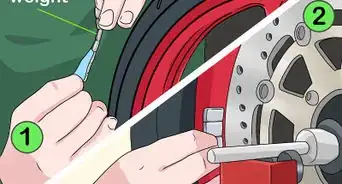


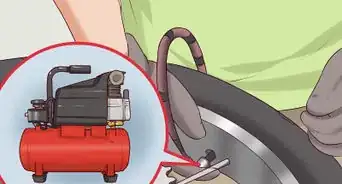
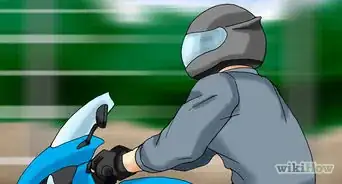
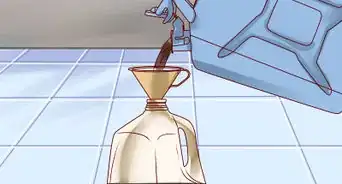
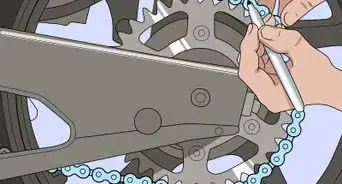



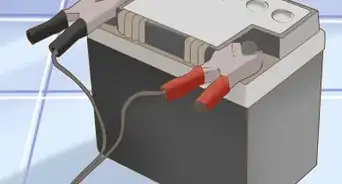
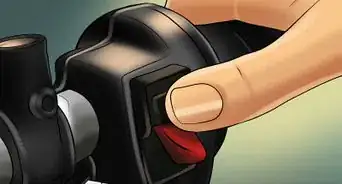
References
- ↑ https://www.kingsmotorcyclefairings.com/blogs/news/35259457-what-type-of-material-used-in-the-motorcycle-fairings
- ↑ https://expandusceramics.com/qa/does-abs-plastic-break-easily.html
- ↑ https://www.youtube.com/watch?t=160&v=oIoxWJ8lyyA&feature=youtu.be
- ↑ https://askinglot.com/what-is-best-glue-for-abs-auto-parts
- ↑ https://www.youtube.com/watch?t=240&v=3LUA_vpjfyE&feature=youtu.be
- ↑ https://www.city-data.com/forum/house/2506709-bonding-fiberglass-abs-plastic.html
About This Article

